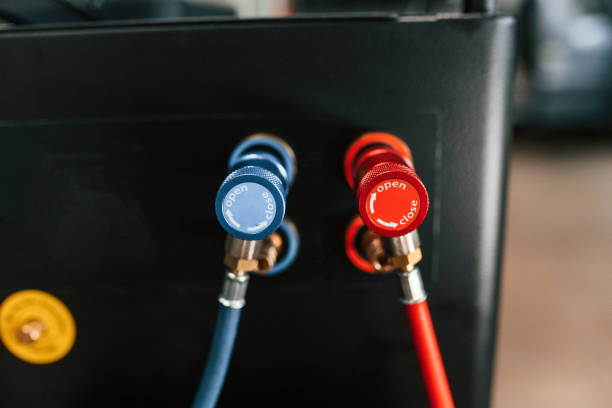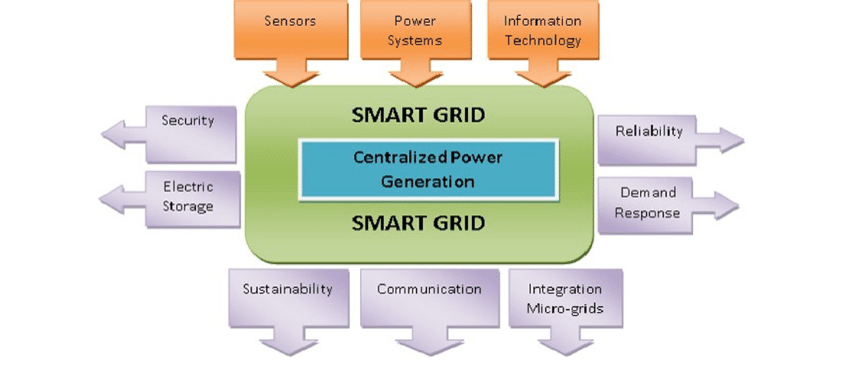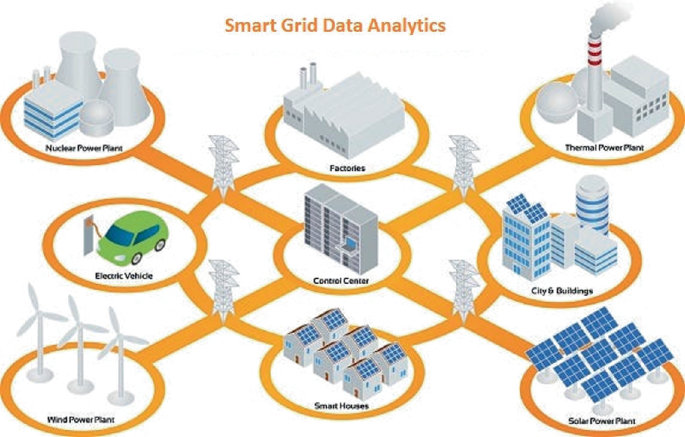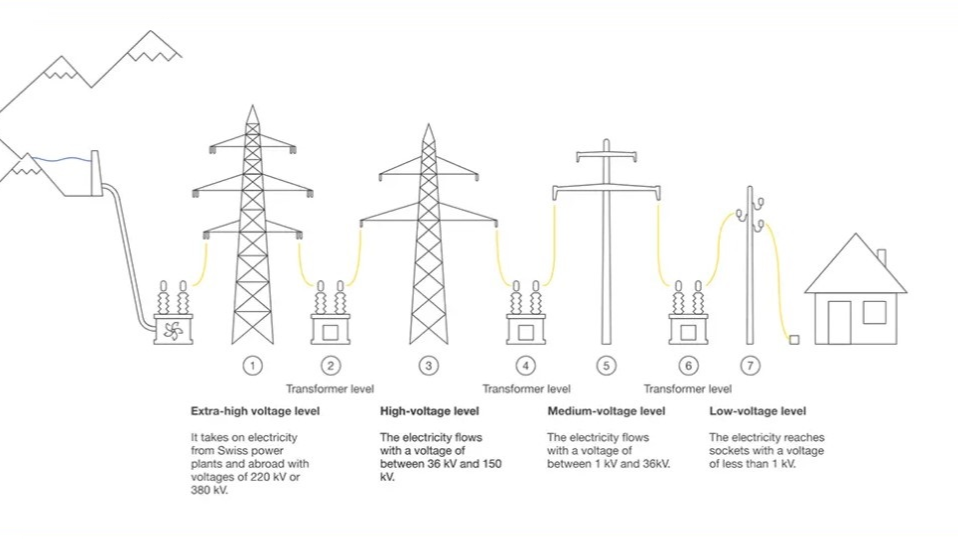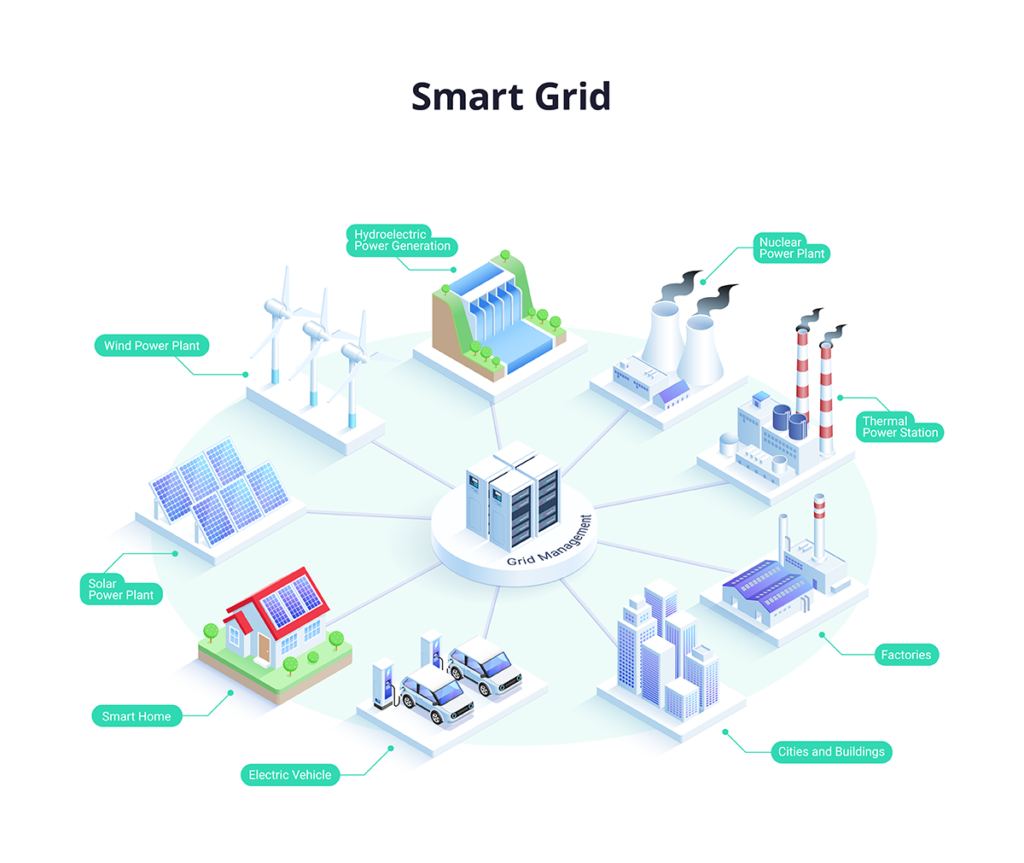Overview
The AC-side connection of an inverter is a critical part of installation and commissioning. Correct selection and installation of AC cables and terminals greatly affect plant safety and stability, as well as capital and O&M costs and overall profitability. This article describes inverter AC terminals and AC cable selection and application to assist with AC-side connections.
Installation Scenarios
Mechanical installation is the first step in inverter installation and commissioning. Common residential installation scenarios include:
- The inverter and distribution box are both on the roof and mounted on a rack, for example on a concrete flat roof.
- The inverter is on the roof while the distribution box is downstairs, for example in some sunroom scenarios.
- The inverter and distribution box are both downstairs, for example on a tiled pitched roof.
Cable Selection
When connecting the AC-side after inverter installation, a key decision is whether to use copper or aluminum conductors. Grid-tied systems that feed the full output to the grid may have a longer distance to the grid connection point, and rural networks often use aluminum conductors. To reduce investment cost, residential PV installations may substitute aluminum cable for copper. Aluminum cable advantages: lower cost, lighter weight, faster heat dissipation. Disadvantages: lower mechanical strength and greater susceptibility to oxidation and corrosion. Typical application patterns are:
- Inverter to distribution box with copper cable; distribution box to grid point with aluminum cable. This is suitable when the inverter and distribution box are co-located.
- Both inverter-to-distribution-box and distribution-box-to-grid-point using aluminum cable. This is suitable when the inverter and distribution box are in separate locations.
The inverter AC output can use aluminum or aluminum-alloy cable. For the same current-carrying capacity, aluminum requires a larger cross-sectional area than copper. To avoid galvanic corrosion between copper and aluminum, use copper-aluminum transition terminals for the connection, which demands higher construction quality.
When selecting cables, consider the cross-sectional area and rated current capacity for each conductor material. The following is a GoodWe residential inverter AC terminal and cable selection table for reference:
Note: 1. The voltage drop in the above table is controlled to 2% for distances up to 80 m. 2. The inverter's default terminal is copper. If using aluminum cable, procure a copper-aluminum transition terminal separately. Pay attention to the screw hole diameter d2 and plate width B of the transition terminal to ensure it can be fastened to the inverter AC terminal.
In commercial and industrial projects, aluminum-alloy cable is commonly used. Because the inverter location is often far from the distribution room, aluminum-alloy cable can significantly reduce on-site cable costs. Industrial designs typically allow 3% voltage drop. AC cables are often routed in cable trays, cable shafts, or conduits. It is common to run 4-core cable or 3-core cable (without N) to the low-voltage distribution room. PE working earth and protective earth can be connected locally to a flat copper strip or grounding device.
Software Commissioning
After AC cable connections are complete, configure the inverter according to the actual wiring. Use the GoodWe mobile app SolarGo to select the output mode. Steps:
- Open the SolarGo app and connect via 4G, WiFi, or Bluetooth. Tap "More," then select "Grid parameters."
- In the grid parameters interface, tap "Output mode."
- Select "Delta" or "Star" according to the required wiring configuration.
 ALLPCB
ALLPCB


